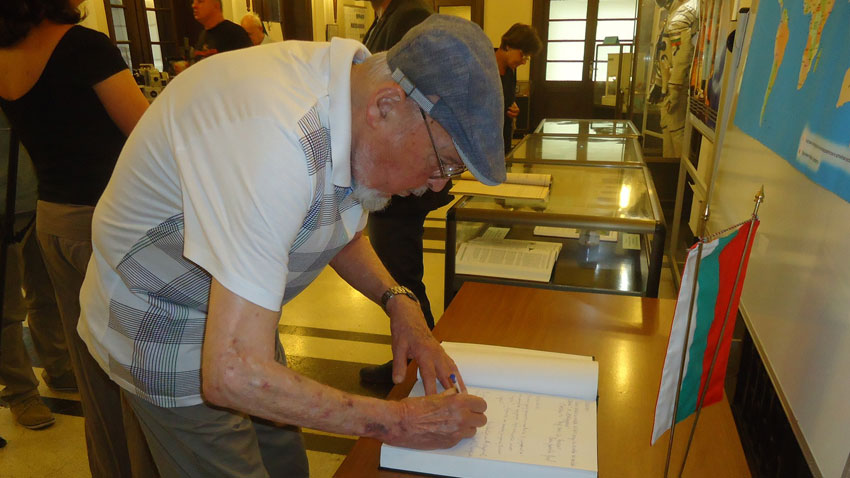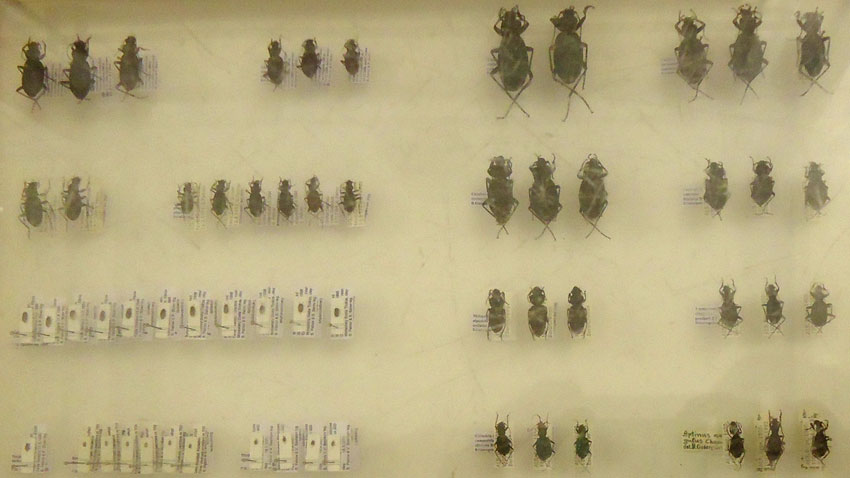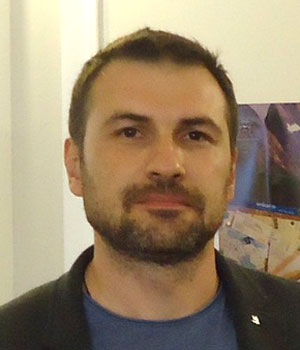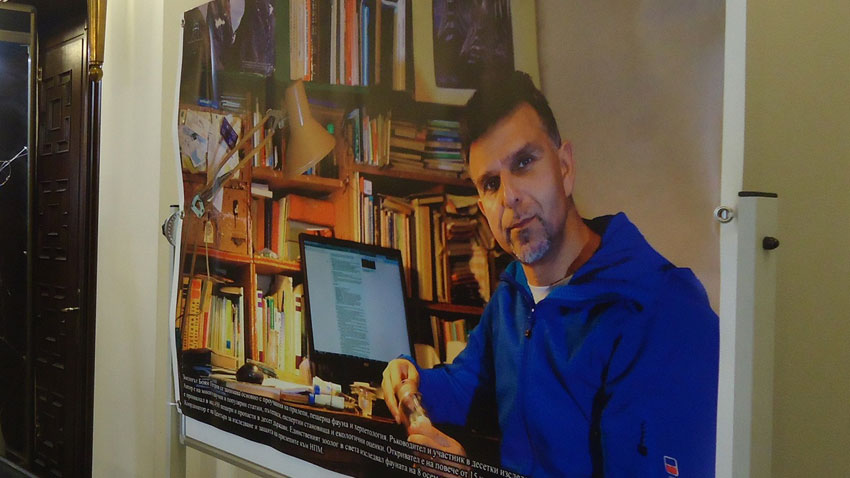The scientific research and the participation of the renowned Bulgarian mountaineer and zoologist Boyan Petrov (who stayed forever in the Himalayas) in projects related to environmental protection were presented by his colleagues in Marin Drinov’s hall at the Bulgarian Academy of Sciences. Boyan’s artifacts are extremely valuable to science, because they were brought from expeditions to various parts of the world and collected from places that are not accessible to zoologists without excellent physical training.

Boyan Petrov always combined scientific research with sports achievements even when he was aiming at the highest peaks. Boyan used to work as a zoologist at the National Museum of Natural History. Thanks to him, this museum owns some of the richest collections of animal species inhabiting the high mountains. Seven new animal species including a spider, a beetle, a centipede, a bed-bug, a water snail and a wood louse are named Petrovi in honor of Boyan Petrov which is great recognition for his discovery activity.

 Boyan Petrov became an explorer when he was still a young boy. He devoted himself to alpinism in the past 15 years, Boyan’s friend and colleague Professor Pavel Stoev told Radio Bulgaria. Boyan worked in three directions- he explored cave animals and visited over 500 caves worldwide. He studied the life of the bats and represented Bulgaria at international meetings organized under the Convention on Conservation of European Bats. Boyan also studied the amphibians and the reptiles and made the most interesting discoveries of these animal species in Bulgaria. Besides, he started to write a dissertation on arachnids, but unfortunately he could not complete it. However, we can finish many of Boyan’s undertakings, because he trained many young people in his field.
Boyan Petrov became an explorer when he was still a young boy. He devoted himself to alpinism in the past 15 years, Boyan’s friend and colleague Professor Pavel Stoev told Radio Bulgaria. Boyan worked in three directions- he explored cave animals and visited over 500 caves worldwide. He studied the life of the bats and represented Bulgaria at international meetings organized under the Convention on Conservation of European Bats. Boyan also studied the amphibians and the reptiles and made the most interesting discoveries of these animal species in Bulgaria. Besides, he started to write a dissertation on arachnids, but unfortunately he could not complete it. However, we can finish many of Boyan’s undertakings, because he trained many young people in his field.
Boyan was a prominent scientist who defended a series of environmental causes, including the one against overbuilding in Pirin Mountain.
Boyan has a very firm stand on the Pirin case. Being an environmentalist and an expert he always stood in protection of nature and biodiversity, Professor Pavel Stoev went on to say. The Bulgarian cabinet and the business wanted to utilize one of Bulgaria’s most beautiful mountains, which was totally unacceptable for him and for us. He defended many other causes as well. For instance, he was against the construction of a new road through the Kresna Gorge.
Boyan always lived in the fast lane and was always running along the corridors of the museum, his friend Dr Petar Beron said.
 Boyan Petrov was above all a great zoologist and environmentalist. He worked in many fields and we will always enjoy his precious collections gathered in the high mountains near the base camps at an altitude of 5,000-6,000 meters above sea level, the renowned Bulgarian scientist Petar Beron went on to say. He differed from all others, because he demonstrated his incredible will and despite his multiple illnesses and the injuries he suffered from the two car accidents, he managed to summit in one season the most difficult peaks K2, Nanga Parbat and Kanchenjunga. I will always remember Boyan as the young boy I employed at the museum back in 1998 and as the person who loved mountains, nature and caves and did all that with a heart.
Boyan Petrov was above all a great zoologist and environmentalist. He worked in many fields and we will always enjoy his precious collections gathered in the high mountains near the base camps at an altitude of 5,000-6,000 meters above sea level, the renowned Bulgarian scientist Petar Beron went on to say. He differed from all others, because he demonstrated his incredible will and despite his multiple illnesses and the injuries he suffered from the two car accidents, he managed to summit in one season the most difficult peaks K2, Nanga Parbat and Kanchenjunga. I will always remember Boyan as the young boy I employed at the museum back in 1998 and as the person who loved mountains, nature and caves and did all that with a heart.

The National Museum of Natural History is yet to study Boyan Petrov’s discoveries. His finds are yet to build his halo of a person who made science even when he was trying to touch the sky. He dreamt of climbing all fourteen eight-thousanders without supplementary oxygen and had only four left. However, he managed to climb his peak, reached the heavens and showed us that in the current material world is to worth sacrificing our most precious thing to fulfill our biggest dreams.
English version: Kostadin Atanasov
Photos: Diana TsankovaThe usurpation of cultural heritage is one of the many inevitable consequences of any military conflict, both historically and today. Until the end of the war in Ukraine, it is impossible to adequately analyse the extent of the damage caused to the..
Athens plans to modernise the Greek army by 2030 Greece's Defence Minister Nikos Dendias presented the plan for changes in the army to the parties in parliament. The reforms will cover all three branches of the military. By 2030, 33 units..
A short video kaleidoscope of the "untold stories" of worthy Bulgarians - scientists, entrepreneurs, engineers, artists - who have contributed to our country's good image in the eyes of the world opened an unconventional public forum that showcased the..
Nuredin Nuredinaj comes from the historical-geographical region of Gòra in Northeastern Albania, where 90% of the inhabitants identify themselves as..

+359 2 9336 661
